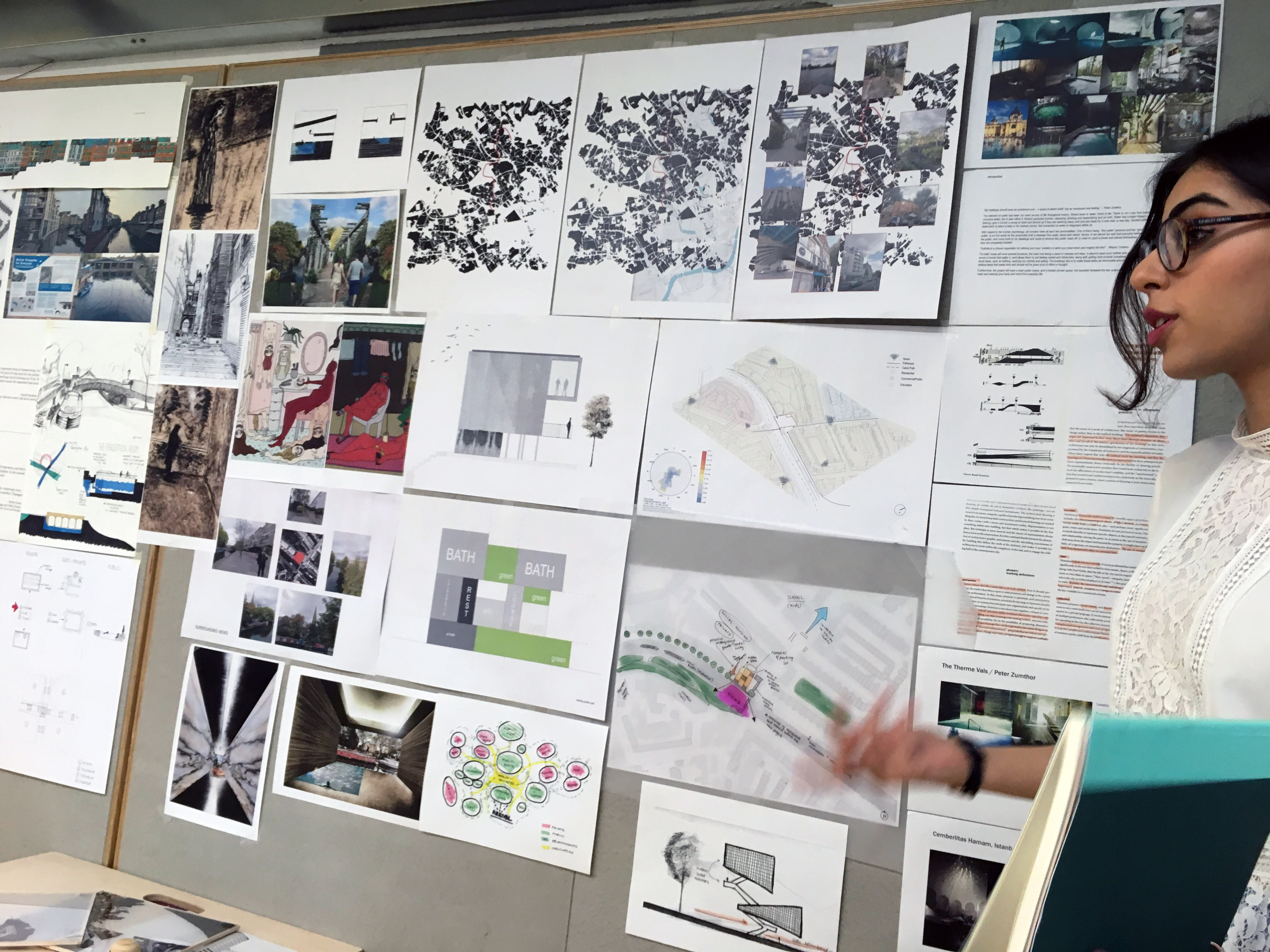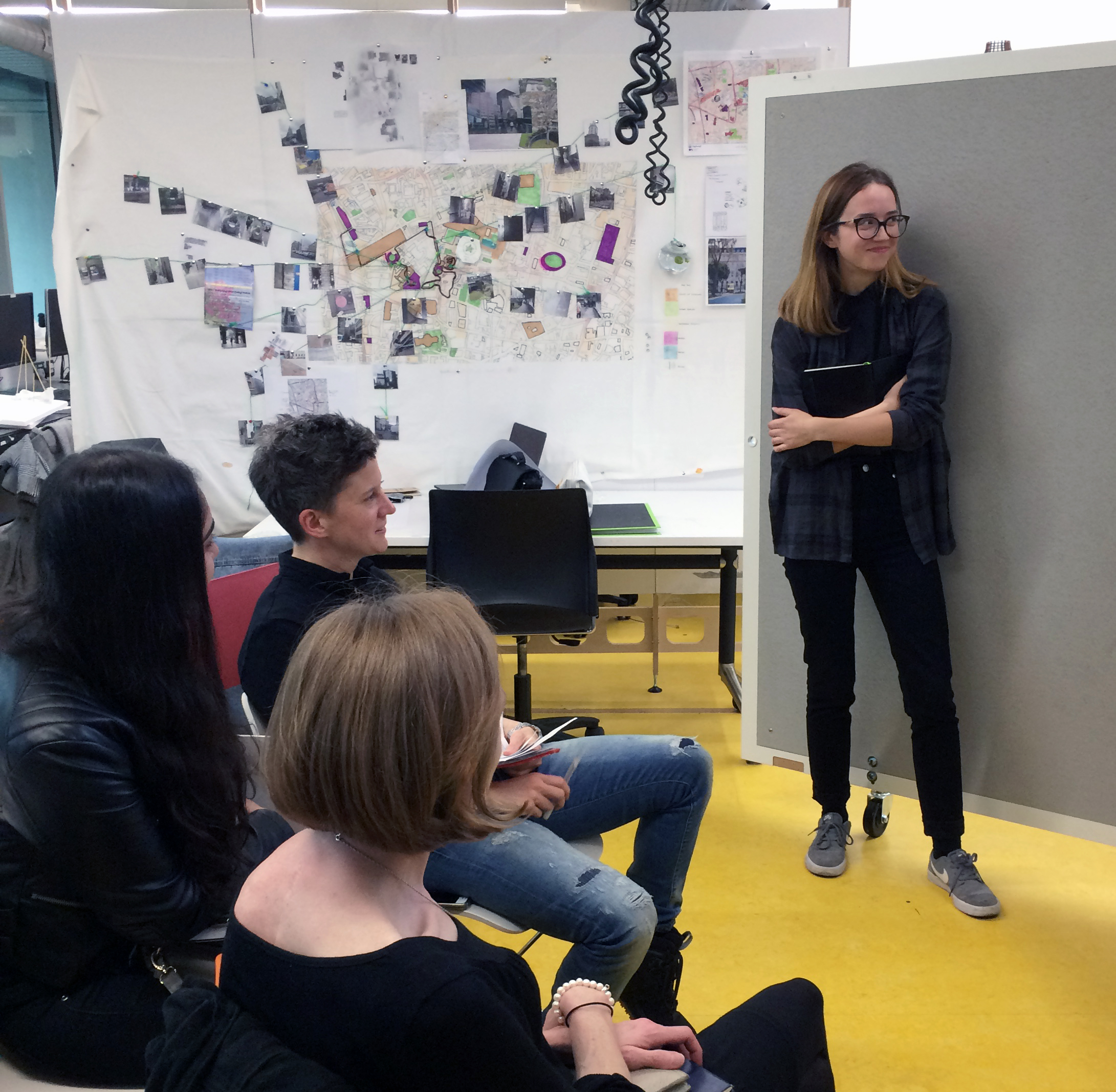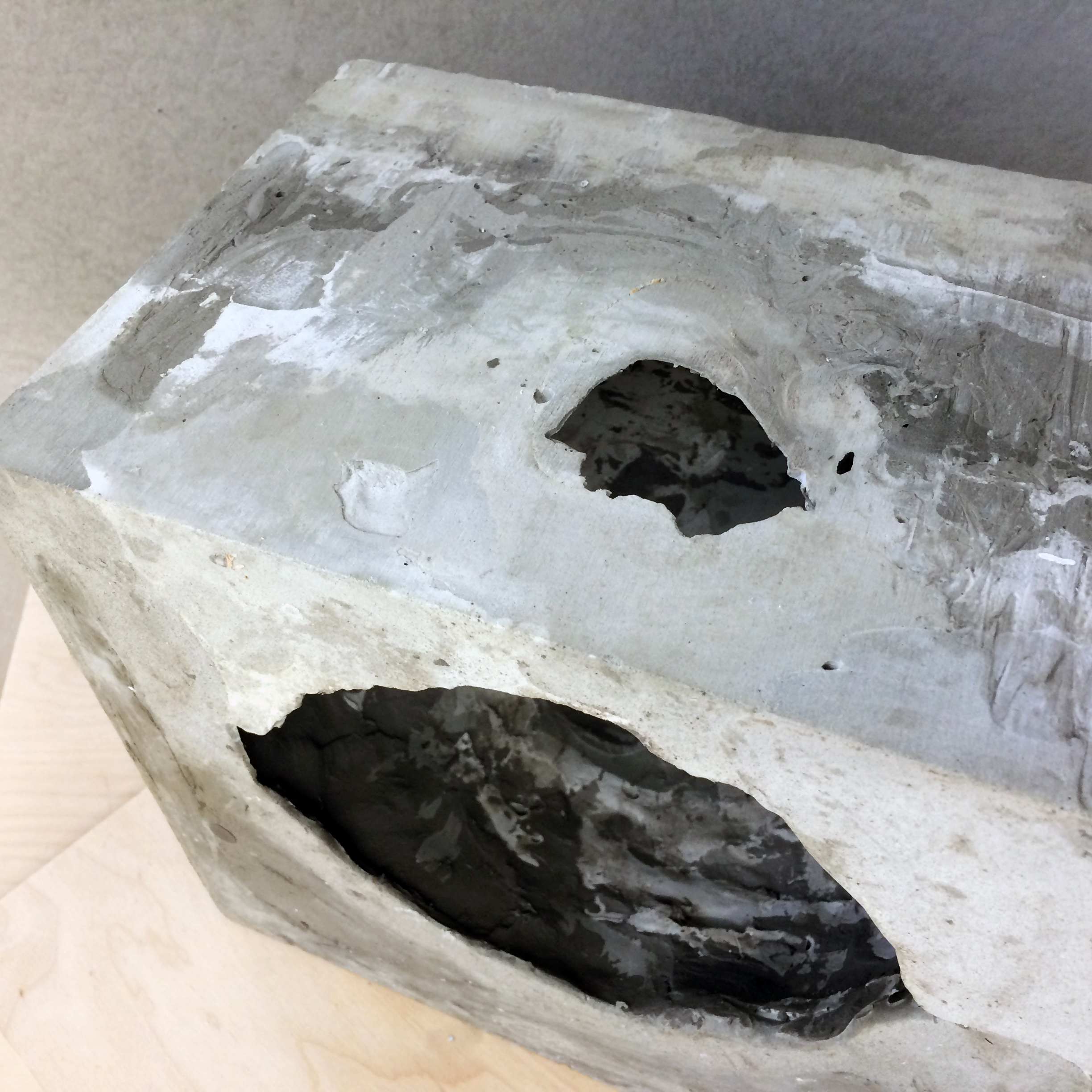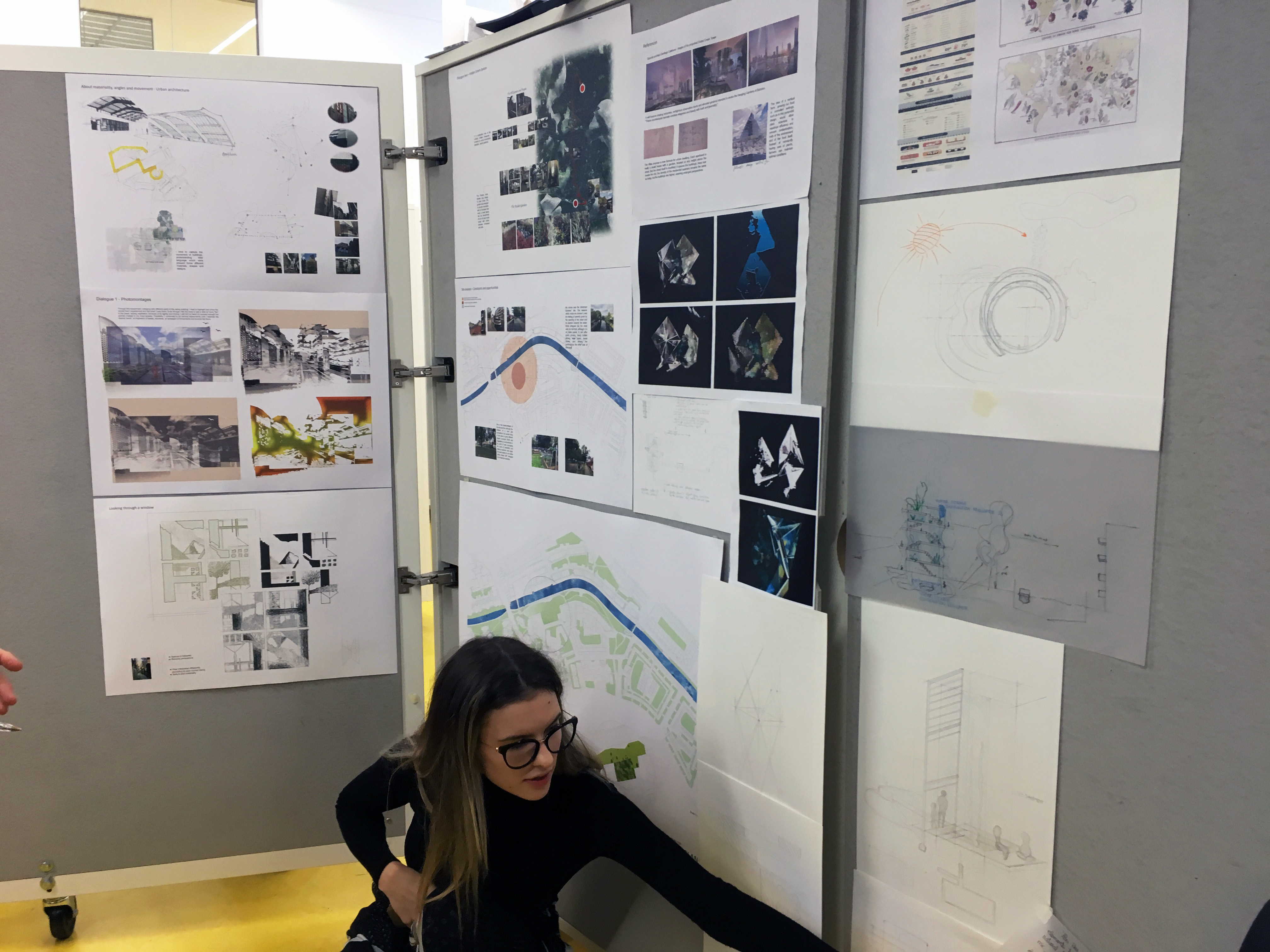Design Studio (Two) One ARCHIVE
YEAR TWO – DS2.1
Tutors: Elantha Evans and Dusan Decermic
Elantha Evans is an architect and educator. Her practice work with Serrano Evans Partnership included architectural, interior and object design, balanced with site-specific performance and installations.Her current research explores the ‘space’ for the production of space within the invisible institutional structures of practice and education.
Dusan Decermic is Course Leader MA Interiors, key tutor in MArch studio DS11 and an architect with extensive experience in practice and academia.
[at] tending [to] culture: [a] hard graft
But architecture? Erec’s garden, to my mind, is subtler than the Garden of Eden. A joyous island, a town…and, yet, the garden alone provides pleasure. But architecture? The town? The Blessed Isles are nowhere to be found. (Henri Lefebvre, Toward an Architecture of Enjoyment)
We explore the relationship between urban scale intervention and human scale inhabitation; exploiting programmatic and experiential possibilities in architecture through the creation of spaces for social interaction and reflection.
This year we will ask how the idea of ‘cultivation’ can create an architecture which responds both to the quality of a city and to human needs. Through careful observation and architectural intervention, how can we reveal hidden resources and re-value what we take for granted? We pay close attention to the way in which buildings sit within the urban fabric, how they affect public and private space, what physical or symbolic presences they command in the city and how they create moments for inhabitation.
Our territory for this year‘s exploration and design projects follows the course of the hidden River Westbourne; taking us in semester one from Whitestone Pond, through West Hampstead and Kilburn to the sites adjacent to the Grand Union Canal at Westbourne Green, and in semester two continuing south through Hyde Park and Sloane Street to join the Thames at Ranleagh Gardens next to the Royal Chelsea Hospital.
The architectural projects will explore the relationship between water, architecture and horticulture; responding to identified community needs and desires for domestic support and civic action.
The study visit in Jan 2018 will be to Granada and Córdoba in Spain, where we will pursue our interest in the architectural manifestation of domestic and civic space; will consider how both historic and modern institutional buildings sit within urban fabric and will continue to enhance our understanding of the part water plays in our built environment – practically and symbolically.














